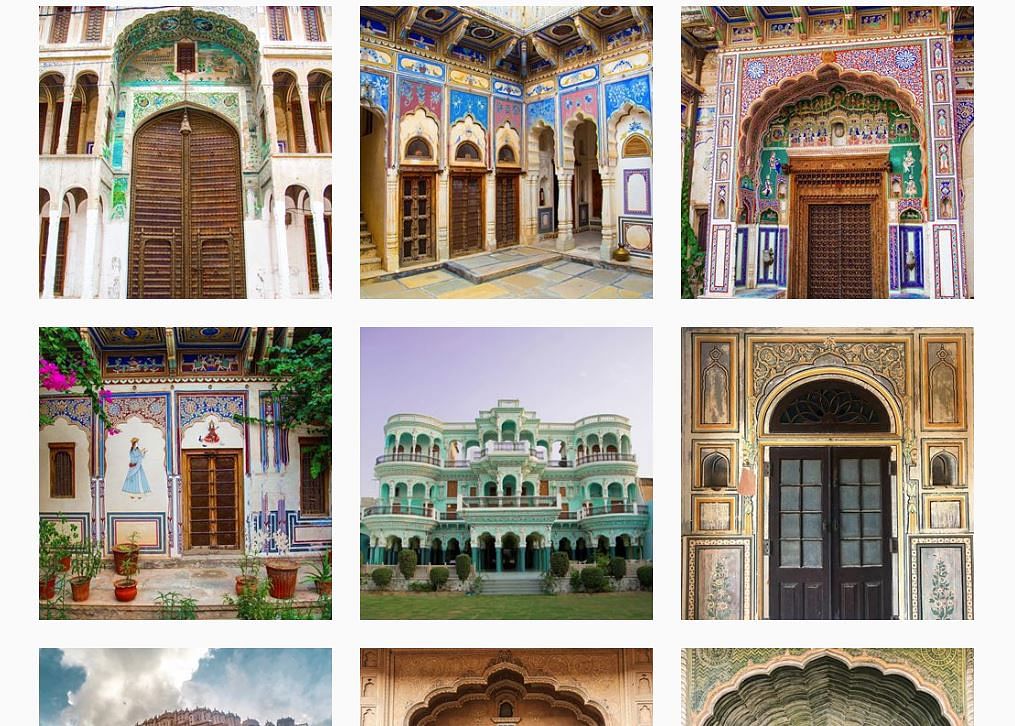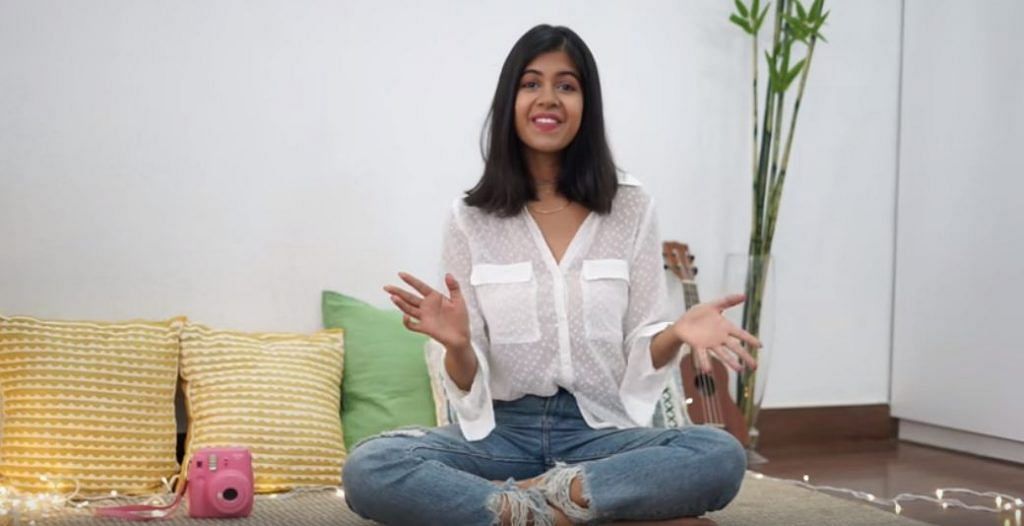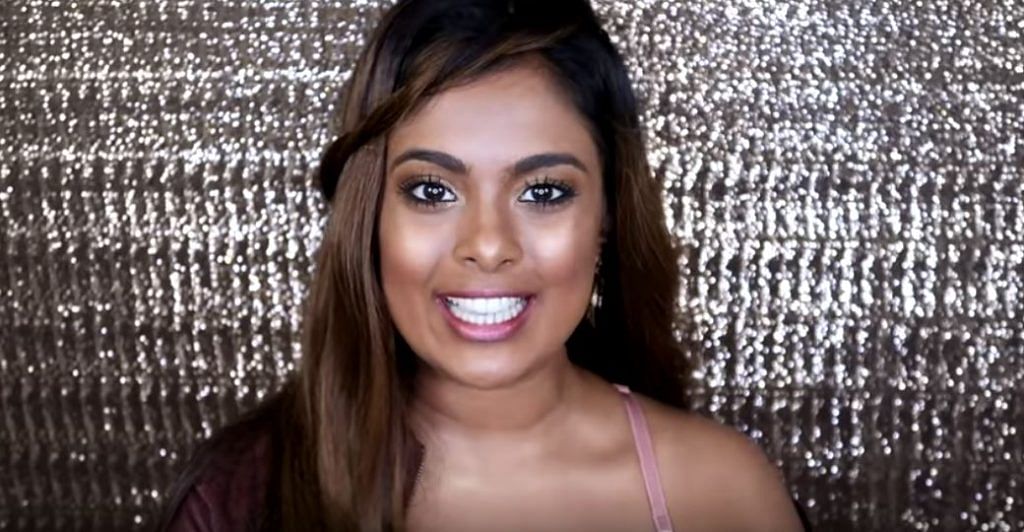In 2018, 92 per cent of marketers will launch their products through a social media influencer rather than rely on inaccessible Bollywood stars or cricketers.
New Delhi: Diwali last year saw the hashtag #doorsOfIndia take over Instagram. People from all over the country posted pictures of themselves in front of doors they considered aesthetically pleasing. The campaign was driven by six popular figures on Instagram — or ‘social media influencers’ — such as Vinayak Grover, Kaushal and Swati.
It turns out their travel across 46 cities in India was funded by Tata Steel to promote a line of doors, ‘Pravesh’.
Pravesh is expected to bring in a turnover of Rs 200 crore by the end of this fiscal year. Businesses are now well and truly awake to social media’s potential to generate massive profits. The India Influence Report 2018, undertaken by a company that connects social media influencers with brands, said that, in 2018, 92 per cent of marketers were expected to launch at least one campaign using social media influencers.

Who are influencers?
Influencers are people who cater to an online demographic that responds very strongly to their opinions, lifestyles and endorsements. Influencers use platforms like Instagram and YouTube to share different types of content — there are the ones who focus on lifestyle, sharing shopping hauls and clothing hacks, as well as ways to clean your room; while others shape their feeds around travel stories or cooking experiments.
Their reach can bring brands significant exposure, coupled with the recommendation of someone the targeted consumers observe and interact with regularly. The star appeal of Bollywood actors and cricketers is no longer the go-to formula for advertisers.
Image guru Dilip Cherian said young actors and cricketers had a ‘shelf-life’, while social media influencers were more interesting. They create and put out quality content that is carefully curated for their followers, and stick to a particular aesthetic.
Social media influencers have become quite a phenomenon in India over the last two years. Explaining their recent popularity, Cherian, said the fact that influencers didn’t charge as much as celebrities was a factor in their strengthened appeal for advertisers. Also, he added, the influencers themselves gained from brand associations.
The Economic Times reported that Indian influencers on Instagram can earn anything between Rs 40,000 and Rs 60,000 for a single advertisement post. Another estimate suggests that Instagrammers with 2,000 to 9,000 followers are paid Rs 4,000 to Rs 16,000 per post. The amount increases if the influencer has more followers, and those with more than 5 lakh subscribers can rake in at least Rs 1.5 lakh per post.
According to Forbes, the influencer analytics platform Captv8 says that big YouTubers — with above 7 million followers — earn more than $300,000 (almost Rs 2 crore) when collaborating with a brand and advertising their products. The earnings are lower for those who use Instagram and Facebook, but a “micro-influencer” who has 1 lakh followers can still earn $5,000 (Rs 3.25 lakh) for a post made in partnership with a brand or a company.

Part of the attraction of an influencer is how genuine they seem, which sets them apart from a regular celebrity. They are the girl or boy next door. The India Influence Report found that brands gravitated towards influencer-marketing because of their “authentic storytelling”, “better reach”, and connect with millennials.
“Just putting something out and expecting people to lap it up — those days are over. Even if the celebrity is really big, if the product they’re endorsing is really bad, they’re not going to get anywhere because people are not stupid,” said Gautam B. Thakker, CEO of EveryMedia Technologies, a digital media marketing company.
The ‘authentic’ stars
Jovita George, a fashion and beauty YouTuber based in West Asia, said collaborating with brands was part of her job description. George, who has over three lakh subscribers, sees social media as the future of marketing. “I only see it getting stronger,” she said.
Sejal Kumar, a YouTuber from Delhi, said celebrity endorsements were losing popularity because consumers could never be sure whether the star used the product they were promoting. Influencers on the other hand, she added, could not risk fake pitches.
“My audience is intelligent. They know when I’m not being real,” she said.
Kumar, with five lakh followers on YouTube and nearly three lakh on Instagram, added that her large fan base could probably be explained by the fact that she tries to keep it real. “I think I’m just being myself, and I think that’s what makes me relatable,” she said.
George agrees.
“We can’t pull wool over our audiences’ eyes, and it is not fair to the viewers to not be authentic,” she said, adding that she felt “obligated to always be honest to my audience”.
Kumar, with five lakh followers on YouTube and nearly three lakh on Instagram, said her large fan base could probably be explained by the fact that she tries to keep it real.
“I think I’m just being myself, and I think that’s what makes me relatable,” she said.
Kumar said she only collaborated with projects that “align with my beliefs, my content and my audience”.
“I look at the campaign they want to work on, and see whether that interests me, and if I can make good content from it. For example, the ‘Padman’ campaign is something that I was interested to work on,” she said.
George added, “We do not promote brands that test on animals, or fairness products”.

Making the right choice
Cherian said the relationship of an influencer with their audience was an important factor for a brand. Before choosing influencers to work with, Cherian said, he profiled them. “We have a very careful process of picking people — we use an in-house algorithm,” he said. This algorithm looks at the pictures, examines their compositions, as well as the filters and hashtags used, and also keeps track of the influencers’ follower count.
Brands even keep an eye out for paid followers, to make sure the influencer they sign up is genuinely popular.
According to Thakker, “perception management” is important for influencers, that is cultivating themselves as a brand that’s likable as well as unique — a delicate balancing act given how difficult it is to predict what will go viral.
With big money and mainstream fame, social media influencers have become celebrities in their own right, but there is a catch. Cherian, who tracks influencers, pointed out that as an influencer gets more commercial, their influence begins to wane — possibly because their followers get tired of their constant advertisements. “Their influence is not exactly proportional to their numbers,” he added.




Right thing is to make make a right decision for us to improve and to gain of what we want. Impressive!
influence marketing is the best way for marketers today people use social media like facebook,twitter and youtube so much
Truly said, people are more interested in know what other people like them have to say about a product / brand. Influencer Marketing is rightly the preferred way for marketeers to promote their products.
Yes Atul you are right i am really agree with you influence marketing is best way for marketers in these days
I was five years old when my beautiful mother, who used Yardley soap and talc, her only indulgence in socialist times, told me all those film actresses advertising Lux soap did not actually use it.